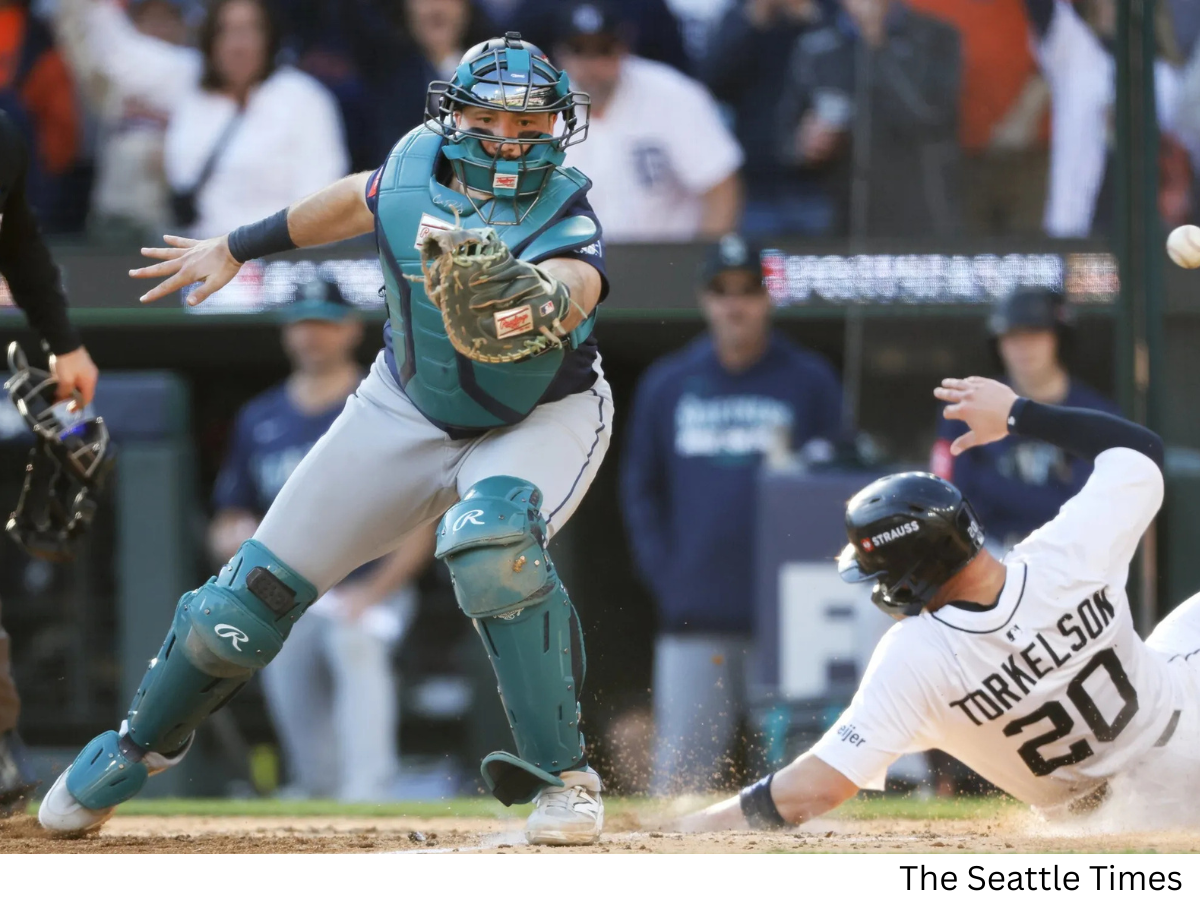European football could be on the cusp of a broadcasting revolution as UEFA looks to dramatically increase the value of its television and streaming rights. The governing body is preparing to put its next set of broadcast deals for the Champions League, Europa League, and Europa Conference League out to tender this month, with ambitions to raise a minimum of €5bn (£4.3bn) annually. If successful, this would represent a substantial jump from the current agreements, which are worth roughly £2.9bn per year and will expire before the new contracts take effect in 2027.
The move comes amid a rapidly evolving media landscape, with streaming platforms becoming increasingly central to global content consumption. UEFA officials are reportedly eyeing streaming giants such as Amazon, Disney, and Netflix, considering the possibility that at least one “first-pick” game per round could be exclusively available on such platforms. While the exact structure and duration of these streaming windows remain uncertain, the initiative marks UEFA’s intention to tap into younger audiences who are more likely to consume content digitally rather than through traditional television.
Bigger Deals, Longer Commitments
The next broadcast rights cycle is expected to involve a six-year commitment, doubling the length of the current arrangement. This strategy offers stability and predictability for UEFA while giving broadcasters and streaming services a long-term opportunity to build viewership and engagement. Broadcasters will also be able to bid across multiple markets simultaneously, with England, Spain, France, Italy, and Germany currently identified as the top five priorities due to their strong football followings and commercial potential.
UEFA’s previous rights sales have been highly lucrative, with Champions League clubs receiving nearly 75% of the revenue. Clubs participating in the Europa League earn 17% of the total rights sales, while sides competing in the Conference League receive 8%. The proposed increase in deal value would significantly boost earnings across all three competitions, strengthening the financial clout of Europe’s elite clubs and enabling further investment in player acquisitions, infrastructure, and fan engagement initiatives.
Digital Expansion and Streaming Potential
The inclusion of streaming platforms in UEFA’s media strategy represents a forward-looking approach to football broadcasting. Traditional broadcasters like TNT and Amazon Prime currently show live European games in the UK, while BBC Sport handles highlights through online channels and BBC One. The new strategy seeks to blend both traditional and digital methods to expand the reach of European competitions, targeting tech-savvy audiences and global markets simultaneously.
UEFA president Aleksander Ceferin highlighted the ambition behind this strategy during the European Football Clubs’ general assembly in Rome, emphasizing innovation and accessibility.
“We want to inspire new fans to follow our competitions, to drive engagement with new audiences, especially in an ever-changing media and streaming right landscape, and to make the most of digital platforms and bring the game closer together for ever,” he said.
This approach signals UEFA’s recognition that modern fans consume football in diverse ways. Younger audiences, in particular, are less likely to have traditional cable subscriptions, preferring to watch matches on mobile devices or streaming services. By offering premium content on platforms such as Amazon or Netflix, UEFA could expand the global footprint of its competitions while attracting lucrative commercial partnerships.
Stability in Competition Format
While broadcast strategies are evolving, UEFA has confirmed that the recently introduced 36-club league format across all three competitions will remain unchanged. This stability ensures that fans and clubs alike can plan ahead, while broadcasters and streaming services can create packages and promotional strategies around a consistent competition structure.
The league format, designed to increase competitiveness and provide more matches featuring top clubs, has been well-received by sponsors and broadcasters alike. Its continuation is likely to be a key factor in driving the anticipated growth in rights values, as more high-profile games generate greater audience engagement and commercial interest.
Financial Implications for Clubs
The potential increase in broadcasting revenue will have a significant impact on clubs across Europe. Champions League clubs, in particular, stand to benefit from a sizeable revenue boost, strengthening their financial positions in an increasingly competitive transfer market. Europa League and Conference League sides could also see enhanced financial returns, helping to level the playing field somewhat and promote sustainability for smaller clubs.
Beyond club finances, the influx of revenue from streaming deals may allow UEFA to invest further in grassroots programs, youth development, and marketing campaigns aimed at growing fan engagement globally. The dual focus on revenue generation and audience expansion is designed to solidify UEFA’s competitions as premier sporting events worldwide.
Looking Ahead
As UEFA prepares to launch its tender process for the next round of media rights, all eyes will be on how traditional broadcasters and streaming platforms respond. If deals exceed expectations, the landscape of European football broadcasting could be transformed, combining traditional television, digital streaming, and innovative content delivery in ways that reflect modern viewing habits.
While exact details of the contracts, including streaming windows, pricing, and coverage, remain under negotiation, UEFA’s ambition is clear: to expand its reach, maximize revenue, and ensure European football remains at the top of global sport. For fans, this could mean more accessible matches, innovative viewing experiences, and potentially, a new way to experience the excitement of Europe’s top football competitions.




.png)

.png)

